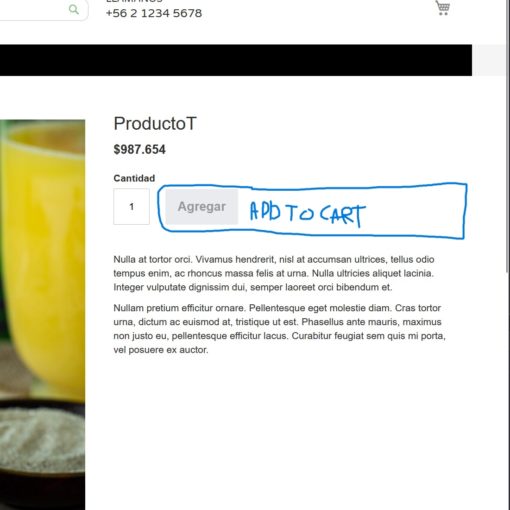
Magento has made its name in the world of e-commerce for these reasons. It is supported by some of the biggest names in online retailing, from Paul Smith to Olympus and Nestle.
The Linux (PHP)-based platform has become the e-commerce solution for choice companies of all sizes. While its free and Magento Go versions are preferred by small businesses for their low cost and powerful out-of-the-box features, large retailers tend to prefer Magento’s enterprise version because of its customisable look and functionality – as well as its impressive reporting and analytical tools.
Delving further into where Magento excels ahead of the competition is the best way to explain its appeal to these various different market-retailers. It should also explain why Magento looks set to be the e-commerce platform of choice for a generation.

Architecture and design
The basic underlying architecture supporting Magento is key to its success. On the hardware side, a two-tiered set-up in a data centre is all that’s required. One server is reserved for the application and one for the database. It’s this simple, uncomplicated start which can get a business off-the-ground in a very short space of time – after optimisation, preferably.
Inside Magento itself is a Model-View-Controller (MVC)-based application. Explaining this structure simplistically means that the platform is compiled of building blocks of computer code, named modules. The way in which these modules interact with each other can be adjusted, thus it’s practically an open play park for e-commerce web developers.
Community support
This module-based structure lends favour to Magento’s other big selling-point: its open source nature and large community support. Magento developers have literally hundreds of modules – or ‘plugins’ – available to them; all crafted by fellow Magento stalwarts.
Consumers can benefit from the functionality that they’ve enjoyed, or been inspired by, on other Magento-based merchant sites. For example, this might involve hovering over a product for more information. Perhaps they want to see similar items bought by others. Or maybe they want to keep a history of viewed purchases stored in a nearby window pane.
Ultimately, there can be a lot more to an online merchant’s site than the presence and functionality of a shopping cart. The worldwide Magento community – which is phenomenally large because of the platform’s popularity – will continue to push the boundaries in e-commerce regarding both business and user functionality.
Enterprise customers, meanwhile, will be given access to an entire library of Magento-approved functionality that includes revenue-boosting tools and unparalleled control over all areas of the platform.
Speed and scalability
Magento’s flexibility then is ample. However, to make the most of the platform, it isn’t a case of throwing it on to any hosted environment.
Without optimisation, many of the extensive features of Magento can lie dormant, placing undue stress on the processing requirements of the platform and stifling performance on both user and the hardware end. Great amounts of memory can be sapped by this powerful e-commerce solution, if left untweaked.
Similarly, without high-speed caching, a business could see its site crippling under the pressure. For these reasons, when a business is ready to scale up its operations, then a content acceleration server is the next natural step.
This will expedite the delivery of on-page content across the network to the user, so that – even if other servers are busy crunching encrypted user or financial data – the website will still display images and other on-page content without diminishing its quality or response time.
Successful businesses are free to add new three-tier server stacks (application, database and content acceleration) as their business continues to flourish, all powered by the reliable and flexible solution that is Magento.

